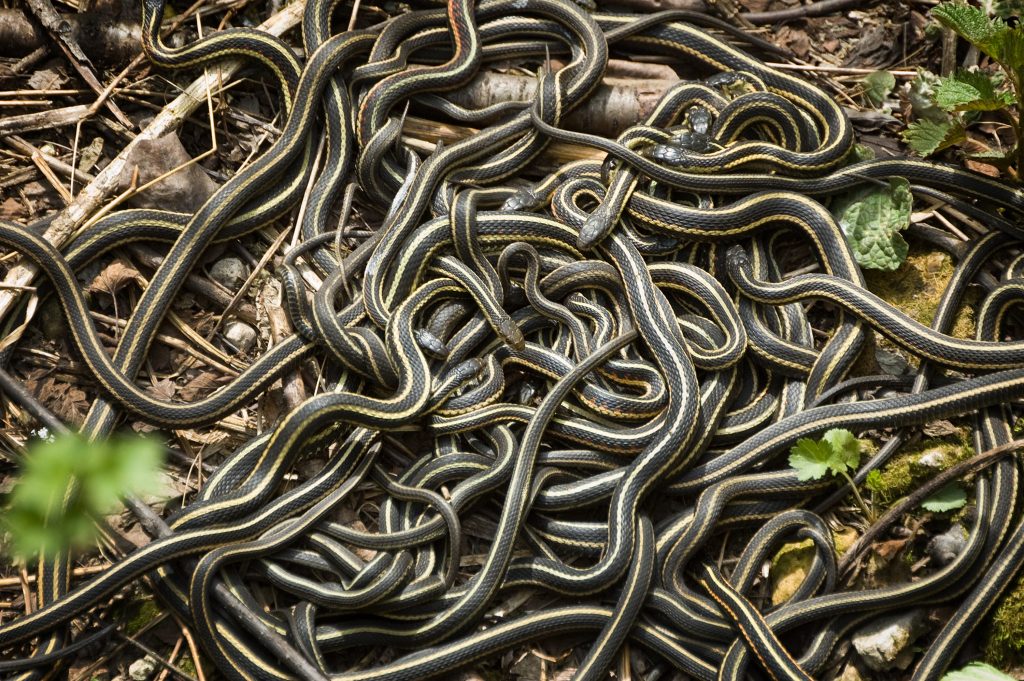“Where do snakes go when it rains?” is an interesting question with a variety of answers depending on the species of snake. It turns out that snakes employ a variety of behaviors to survive the wet and uncomfortable weather that rain brings. In this article, we will uncover the secrets of snake behavior in the rain and explore the fascinating strategies that snakes use to stay safe and dry.
Types of Snakes
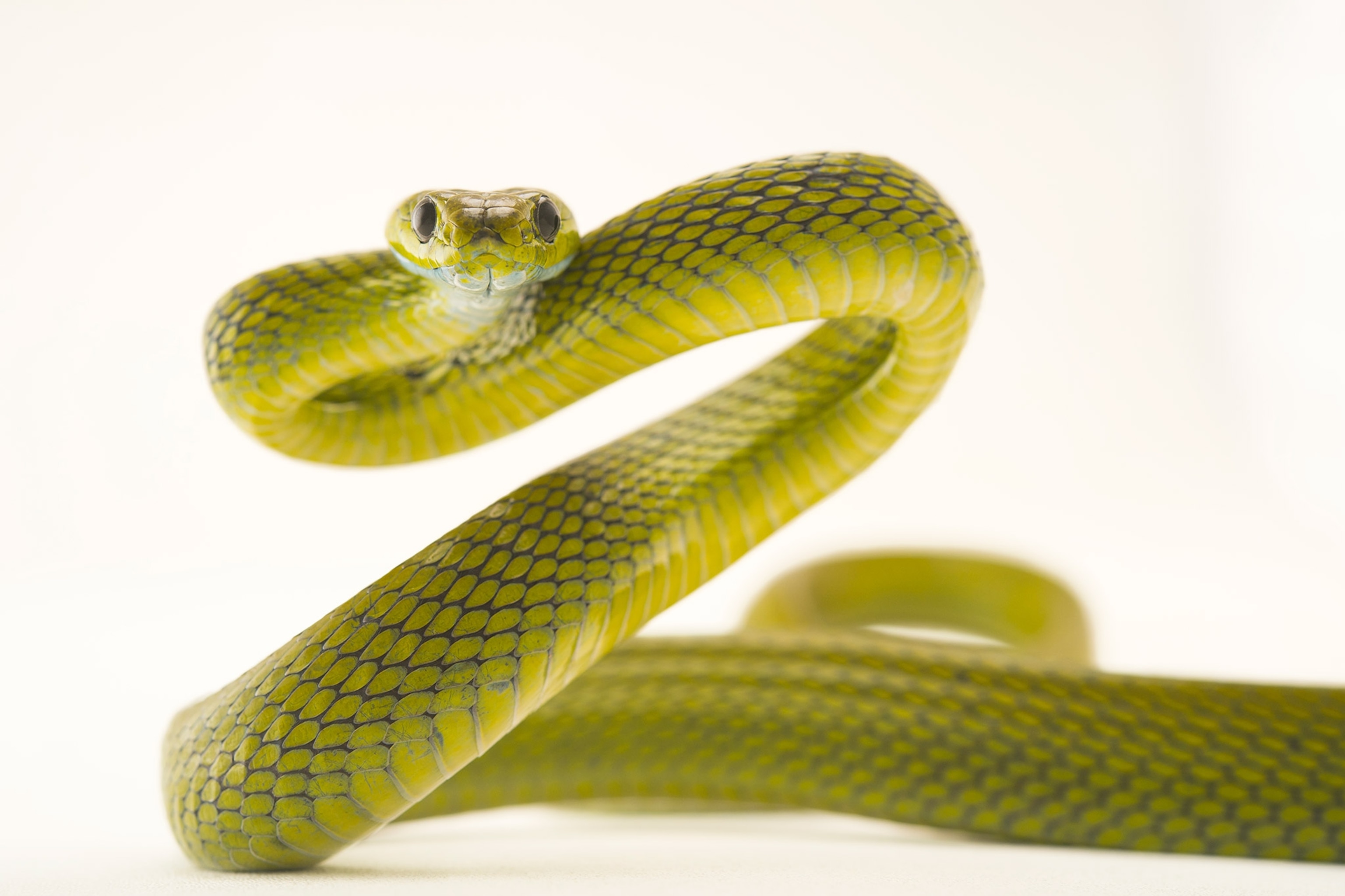
Snakes come in a variety of shapes and sizes, with over 3,000 species found across the globe. They can be divided into two main groups: venomous and non-venomous. The venomous snakes include cobras, mambas, rattlesnakes, vipers, and sea snakes, while the non-venomous snakes include constrictors (boas and pythons) and colubrids (garter snakes, water snakes, and rat snakes). Each type of snake has adapted to its particular environment and climate, with some being more adapted to wet and rainy conditions than others.
Behavioural Adaptations of Snakes in Rainy Conditions
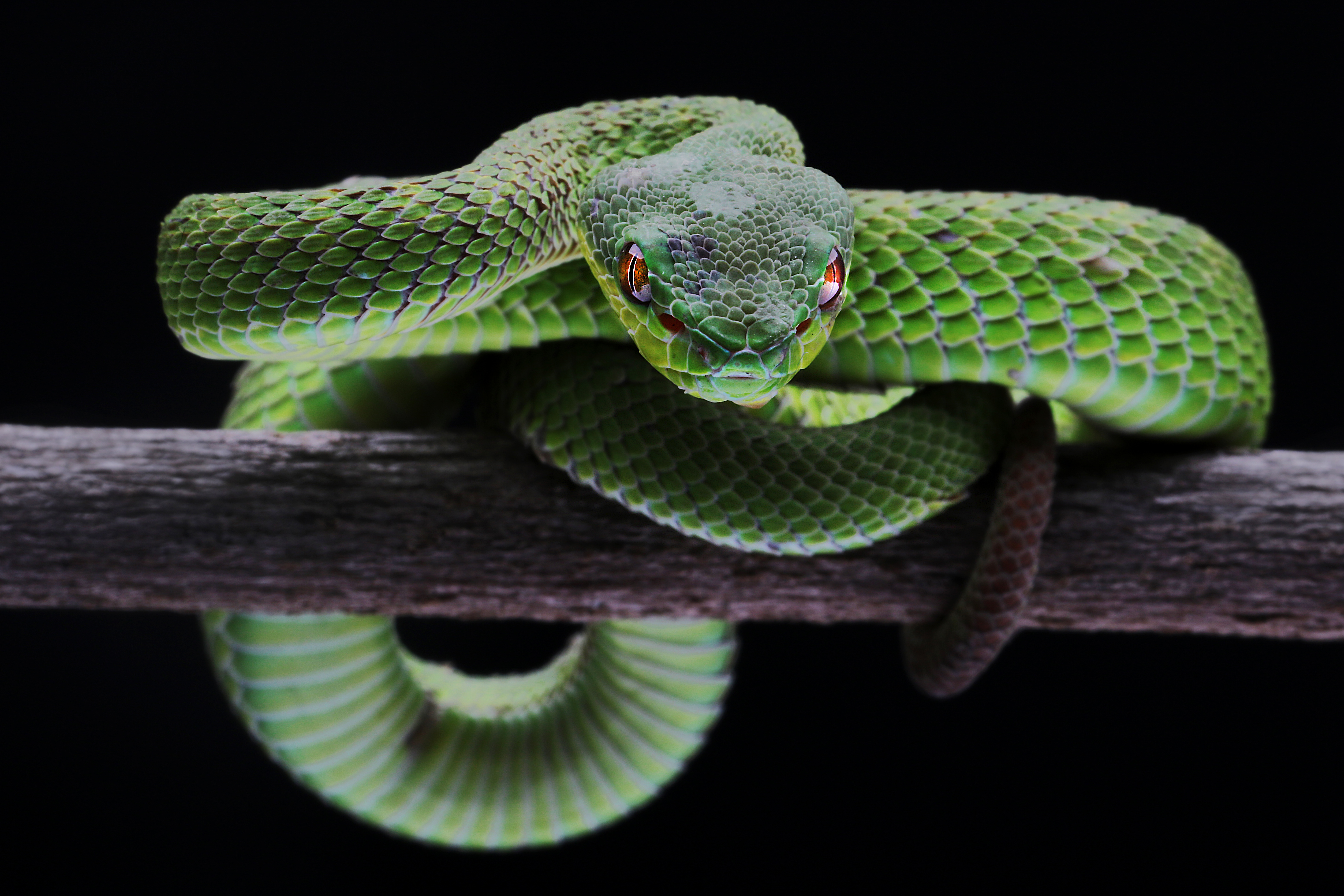
Snakes are reptiles which are adapted to survive in various environments. They have developed different behavioural adaptations to live in wet and rainy conditions.
When it rains, snakes tend to seek shelter in areas that are dry and warm. They may hide in burrows, tree hollows, under rocks or logs, or even in abandoned animal nests. They may also stay in the same spot for an extended period of time. This is because their bodies need to remain warm and dry in order to regulate their body temperature and metabolism.
In addition, snakes may also move to higher ground when it rains. This is because the water levels rise, making the ground too soggy for them to move freely. This could put them in danger, as they may become prey to predators. Therefore, they will seek out higher ground where they can remain safe.
When snakes are exposed to a lot of water, they can become stressed and may even go into a state of torpor. This is a state of decreased activity and metabolism in order to conserve energy. This helps them survive in difficult conditions when food is scarce and water levels are high.
Snakes may also change their diets to survive in wet and rainy conditions. For example, they may feed on frogs, fish, and other small aquatic animals. They may also feed on insects and worms that live in wet and moist environments.
Overall, snakes have developed different behavioural adaptations to survive in wet and rainy conditions. They seek out shelter and move to higher ground, enter a state of torpor, and even change their diets in order to survive.
How Snakes React to Rain
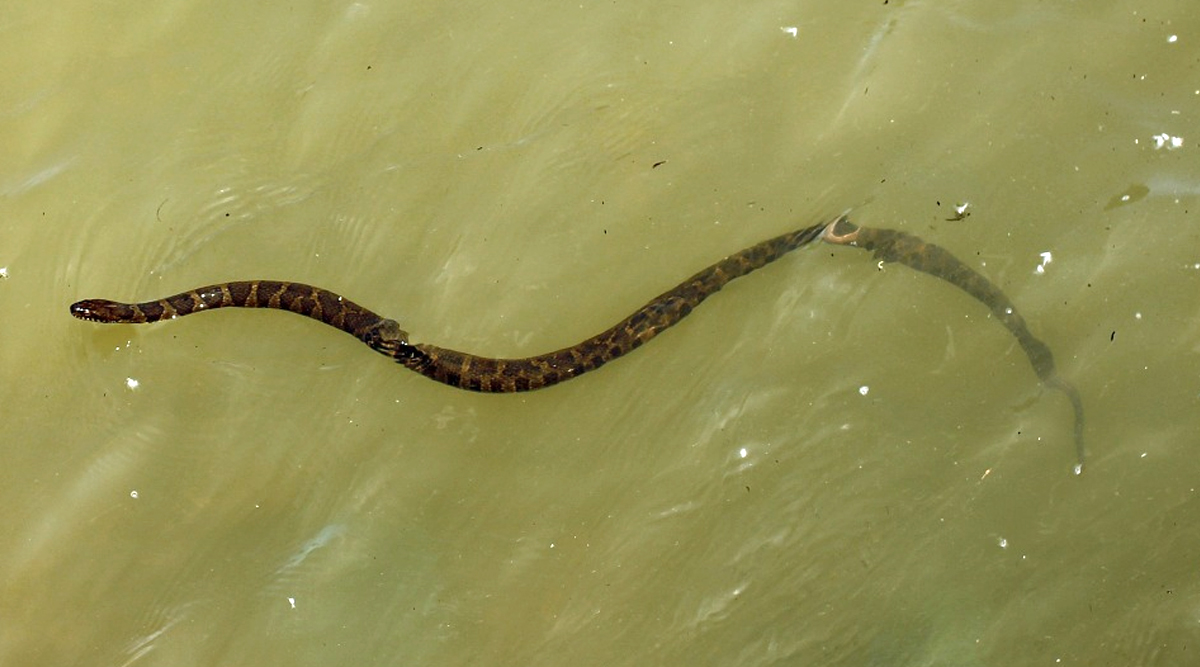
Snakes generally react to rain in two different ways depending on the environment in which they live.
| Environment | Reaction |
|---|---|
| Dry/Arid | Snakes in dry climates may bask in the rain, as it provides them with moisture. They may also seek shelter, either under rocks or in a burrow. |
| Humid/Wet | In more humid climates, snakes may be less inclined to bask in the rain and may instead seek shelter from the elements. This could be in a burrow or under a tree or bush. |
In both cases, snakes prefer to stay out of the rain in order to protect their skin from becoming too wet. Too much moisture can cause skin irritations or even lead to fungal infections. Therefore, they will often try to find a sheltered spot to wait out the rain.
Where Snakes Go When it Rains
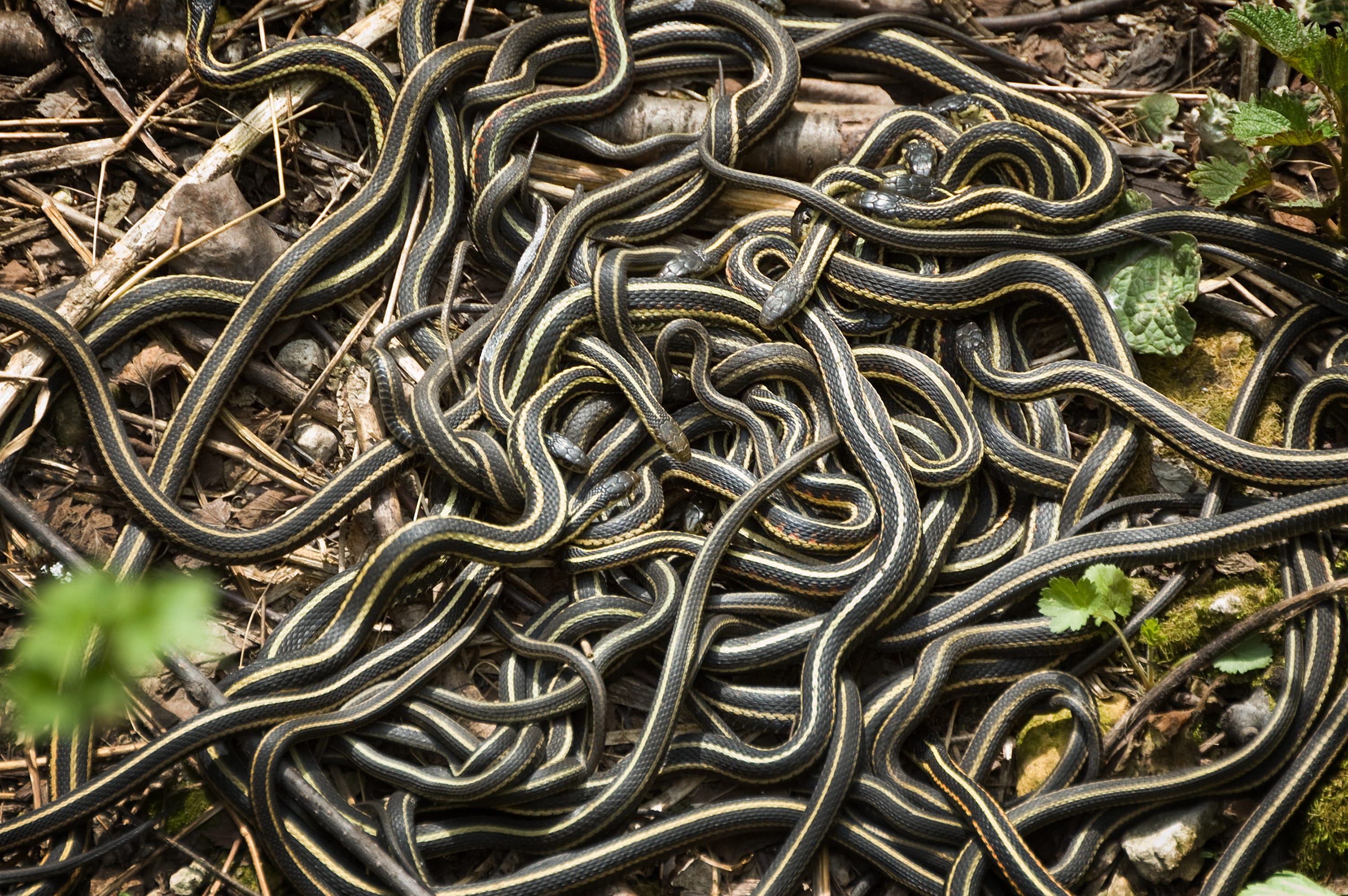
Snakes have a variety of strategies to survive rainy days. Some species of snakes, such as the Eastern Hognose Snake and the Smooth Green Snake, are capable of aestivating, or entering a state of dormancy, to wait out the wet weather. These snakes will find shelter under rocks, logs, or other objects and curl up to conserve energy and stay dry. Other snakes, such as the Eastern Garter Snake, may seek shelter in areas with vegetation like grass, where the rainfall is blocked or slowed by the vegetation. The Eastern Garter Snake can also dig burrows in the wet soil to provide a dry environment.
In some instances, snakes may also seek shelter in human-made structures, such as barns, sheds, and even houses. These areas provide the snake with shelter from the rain and can provide them with a warm environment. Snakes may also be seen moving across roads during a heavy rain, as they move from one area to another in search of shelter.
When it rains, snakes will typically move more slowly than usual. They may take longer routes to their destination and may be seen more frequently in open areas rather than hidden in vegetation. Some species of snakes may also become more active during the rain, looking for food sources that become available due to the wetter environment.
Regardless of the species of snake, it is important to remember that snakes are trying to survive in the same environment as humans. If you encounter a snake while it is raining, it is best to give it plenty of space and allow it to continue on its way.
Do Snakes Come Out When it Rains?
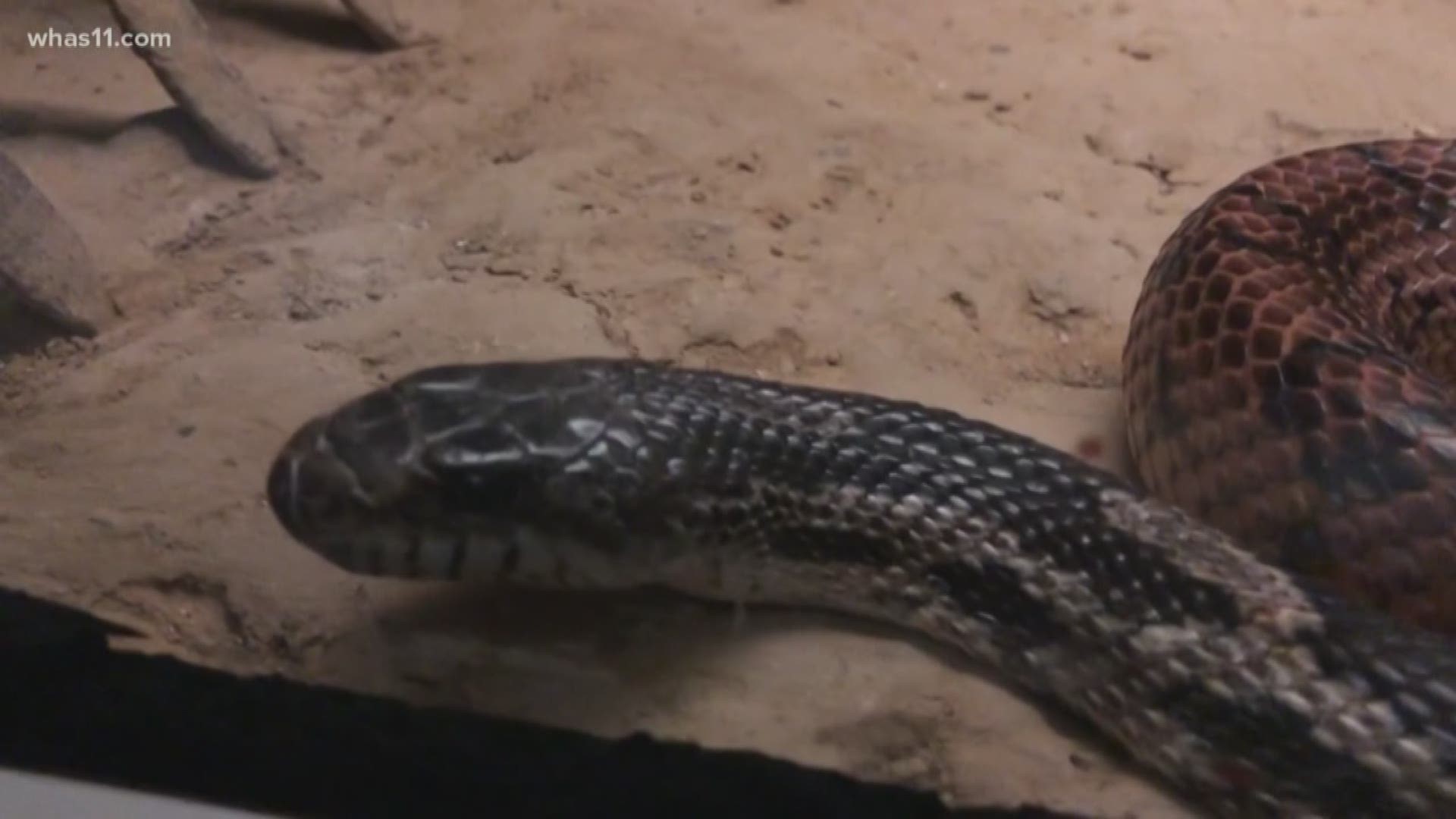
- Snakes have a low-level of activity in the rain and therefore, are not seen as often as they are during dry weather.
- Snakes may come out during rain, especially if it is warm, as they may need to find shelter from the elements, hunt for food, or look for a mate.
- They may also be more active during a light rain than in a heavy storm, as the rain may help to keep the snakes cool.
- The rain may also help to reduce visibility, making it easier for snakes to move around undetected by potential predators.
- However, snakes are usually not out during heavy rain, as they are more likely to stay hidden in their dens or burrows.
- Snakes may also seek out crevices, logs, or rocks where they can stay dry while they wait out the rain.
Impact of Rain on Snakes
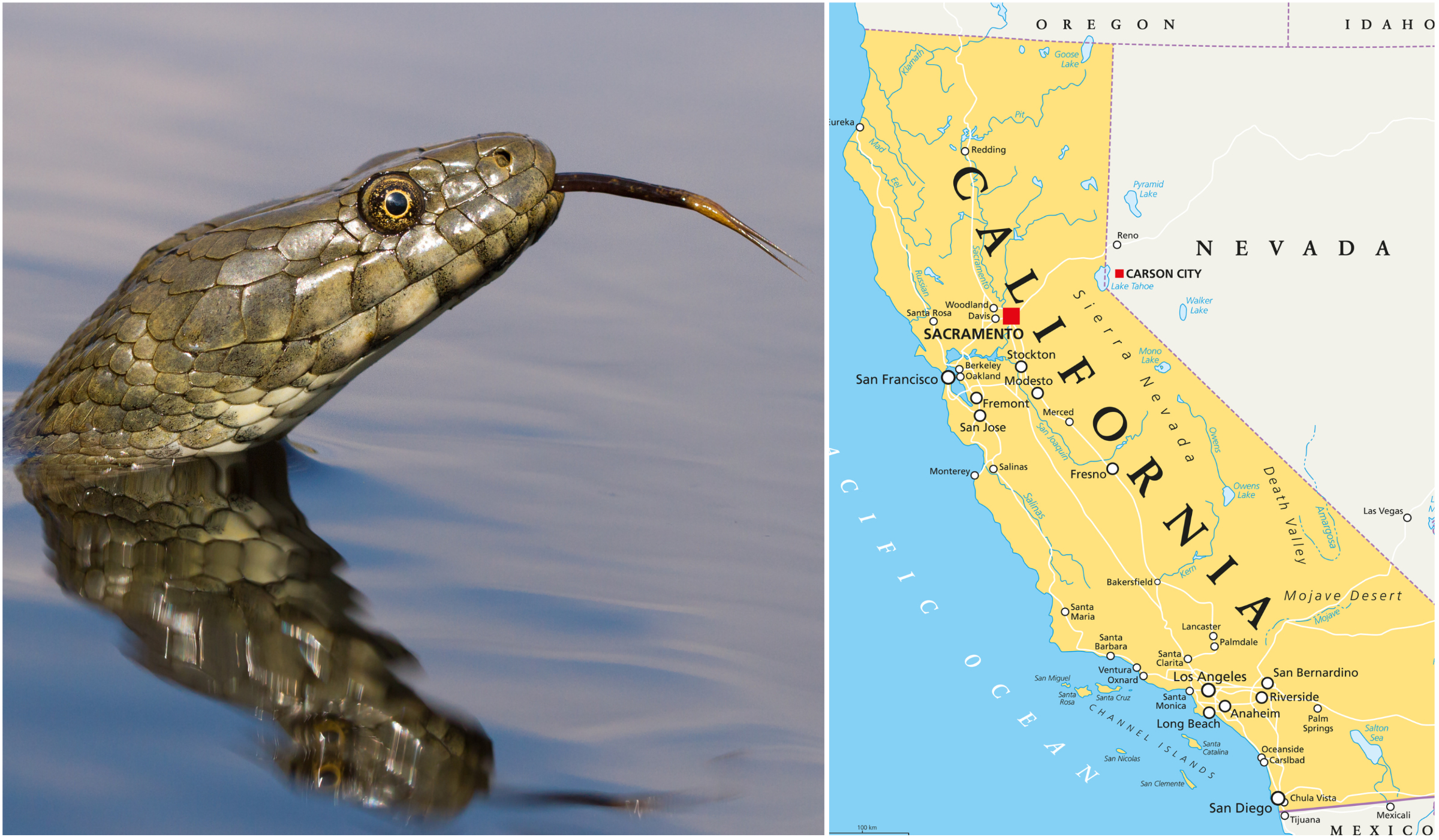
Snakes are ectothermic animals, meaning they rely on external sources of heat like the sun to regulate their body temperature. When it rains, the air and ground temperature drops quickly, making it difficult for snakes to maintain their body temperature. This can cause them to become sluggish, making them vulnerable to predators. Snakes are also unable to move quickly in wet conditions, as the rainwater can interfere with movement and traction.
Rain also affects the availability of prey for snakes. Many invertebrates seek shelter from the rain, making them hard for snakes to find and capture. This can lead to a decrease in food availability, which can reduce energy levels and make it difficult for snakes to survive.
Rain can also cause flooding, which can wash away snakes’ habitats and force them to move to drier areas. This can be dangerous for snakes, as they may end up in unfamiliar areas and become vulnerable to predators.
Table:
| Impact | Description |
|---|---|
| Body Temperature | Rain causes air and ground temperature to drop quickly, making it difficult for snakes to regulate their body temperature. |
| Movement | Rainwater can interfere with movement and traction, making it difficult for snakes to move quickly. |
| Food Availability | Many invertebrates seek shelter from the rain, making them hard for snakes to find and capture. |
| Flooding | Rain can cause flooding, which can wash away snakes’ habitats and force them to move to drier areas. |
Weather Effects on Snakes
- Heavy rain can make it difficult for snakes to find food and shelter.
- Unusually cold weather can cause snakes to become sluggish and may lead to hibernation.
- Extremely hot weather can cause dehydration and desiccation of the snake’s skin.
- Flooding can cause snakes to move to higher ground, making them more exposed to predators.
- High winds can disperse snakes over a wide area, making it difficult for them to find shelter.
Snakes are particularly susceptible to shifts in weather patterns. They rely mostly on their external environment in order to regulate their body temperature, and changes in temperature can have a dramatic effect on their behavior. In extreme cases, weather can even cause death of the snake due to dehydration and starvation. Therefore, it is important for snake owners to pay close attention to their pet’s environment and take necessary steps to protect them from the elements.
How do Snakes Survive in Rainy Conditions
- Snakes seek shelter against the rain, often hiding under rocks, logs, and other objects that can provide a temporary refuge.
- Snakes will also look for burrows or crevices in the ground and will often enter these to escape the rain.
- When snakes cannot find shelter, they will often coil their bodies tightly and minimize their exposed skin surface area in order to reduce their contact with the rain.
- Snakes may also curl up into a ball, allowing them to gain some protection from the rain.
- Snakes will often move quickly across the ground and through vegetation during a rainstorm, reducing their exposure to the rain.
- In some cases, snakes will bask in the sun after a rainstorm to dry off and increase their body temperature.
Frequently Asked Questions
What kind of behavior do snakes exhibit when it rains?
Snakes will usually seek shelter from the rain, such as under rocks, logs, or in burrows or holes. They may also retreat to the cover of vegetation. When temperatures drop too low, they may enter a state of torpor until the rain passes. When the rain stops, they will resume their normal activities.
How Do Snakes Protect Themselves from the Rain?
Snakes seek shelter from the rain in order to avoid getting their skin wet. This could be in the form of a hollow log, a burrow, or a rock crevice. Some snakes also have specialized scales that can close up and keep moisture out, while other species will shed their skin in order to create a waterproof barrier. Some species of snakes, such as rattlesnakes and water moccasins, can also swim underwater in order to avoid the rain.
Do snakes need to seek shelter when it rains?
Snakes usually have the ability to withstand rain, however some species may still seek shelter when it rains. Depending on the species, snakes may stay out in the rain for a short period of time, or may seek shelter in a den or other underground area. Snakes may also seek shelter in tree hollows or crevices, or simply hide under foliage to avoid the rain.
How do snakes adapt to wet conditions?
Snakes have several adaptations to survive in wet environments. They have thin and smooth skin that helps to reduce the amount of water they absorb. They also have a waterproof coating of mucus on their skin, which helps to keep it from becoming waterlogged. In addition, they can close their nostrils to keep water out when they go underwater. They also possess a special organ called the ‘lung bladder’ that helps them to store oxygen so they can stay underwater for long periods of time.
Do Snakes Come Out When It Rains?
Snakes spend most of their time underground in burrows and dens, to protect themselves from the elements and predators. Some species may seek shelter from the rain and stay in the burrow, while others may come out and bask in the rain. Whether or not snakes come out when it rains depends on the species of snake and their particular behavior. Generally, snakes tend to avoid the rain and remain in their burrows.
Conclusion
The behavior of snakes in the rain is complex and varies depending on the species. Snakes can be seen actively seeking out shelter during rainstorms and will often take refuge in burrows, hollow logs, and other natural shelters. In addition, they can be seen basking in the sun during the rain, likely to help dry off their skin, absorb heat, and regulate their body temperature. Lastly, snakes may also be seen swimming in the rain, likely to cool off or escape predators. Overall, snakes have a variety of strategies and behaviors to cope with the rain.
